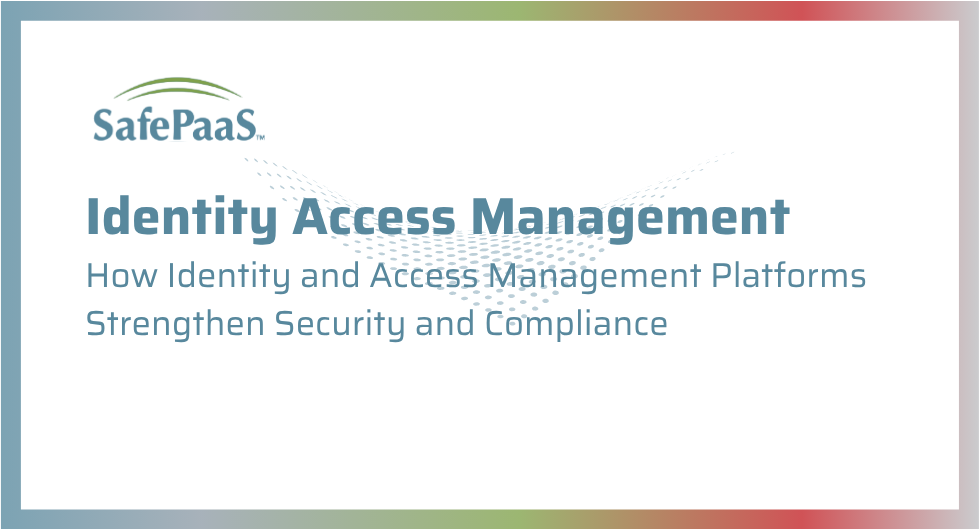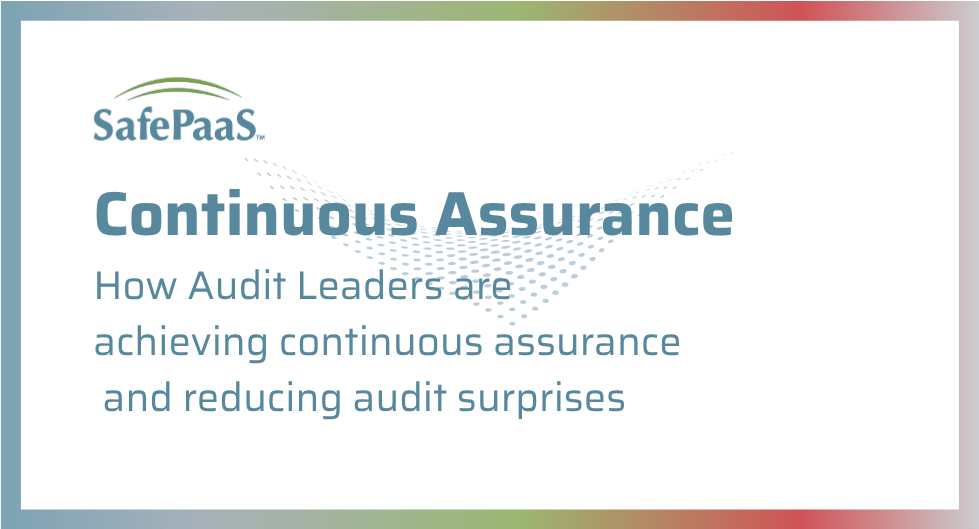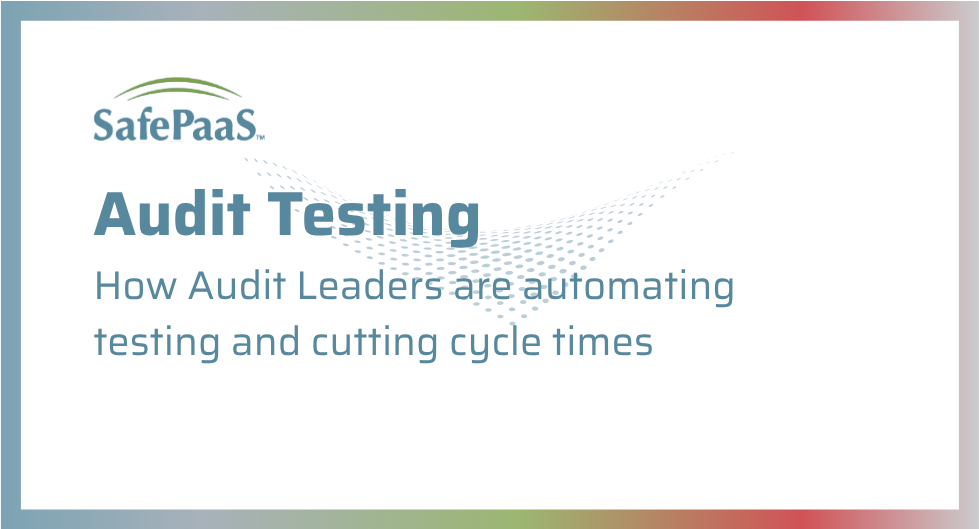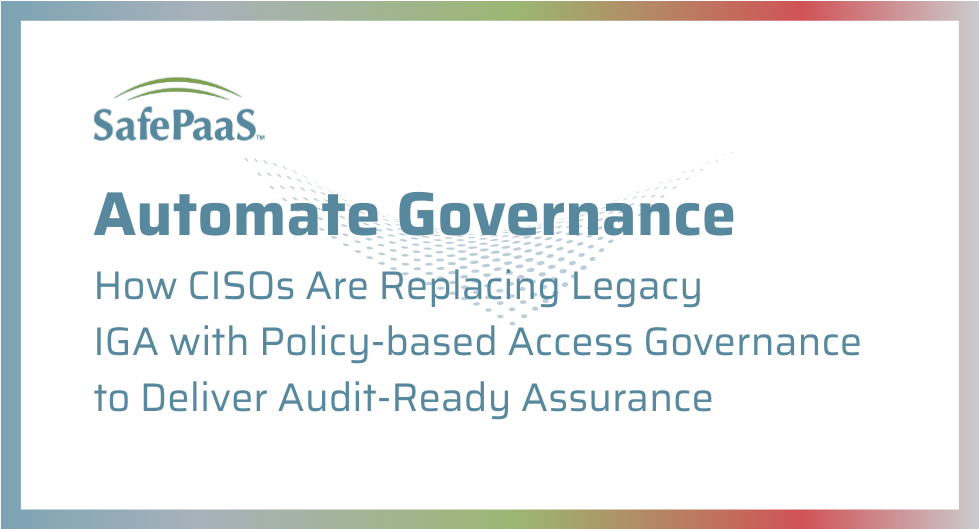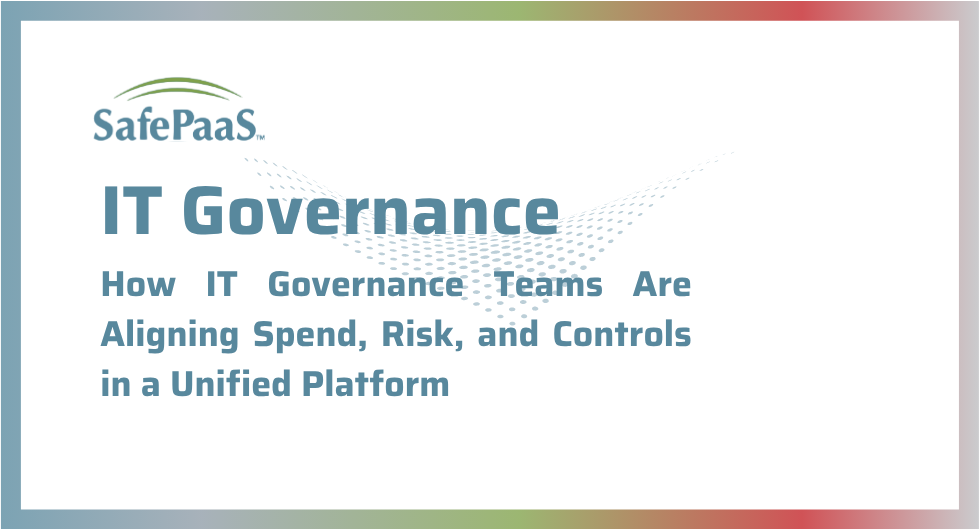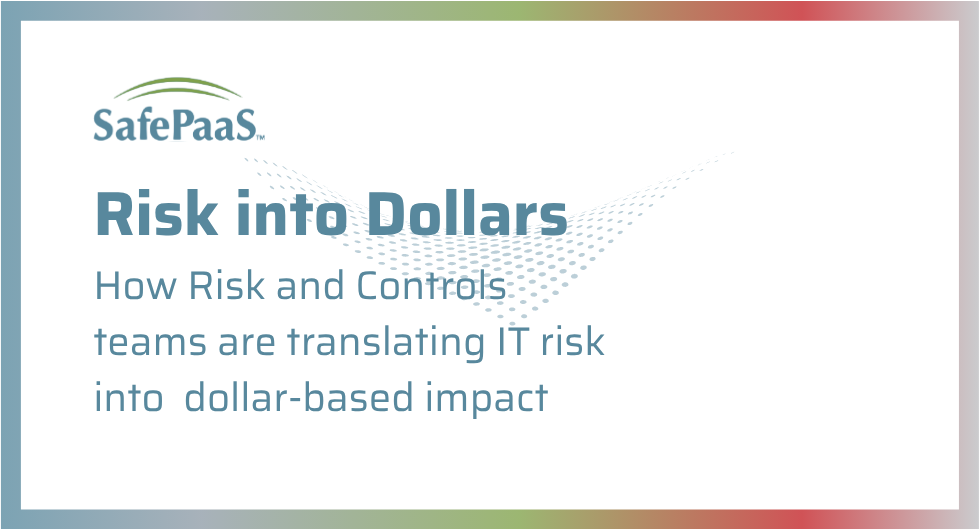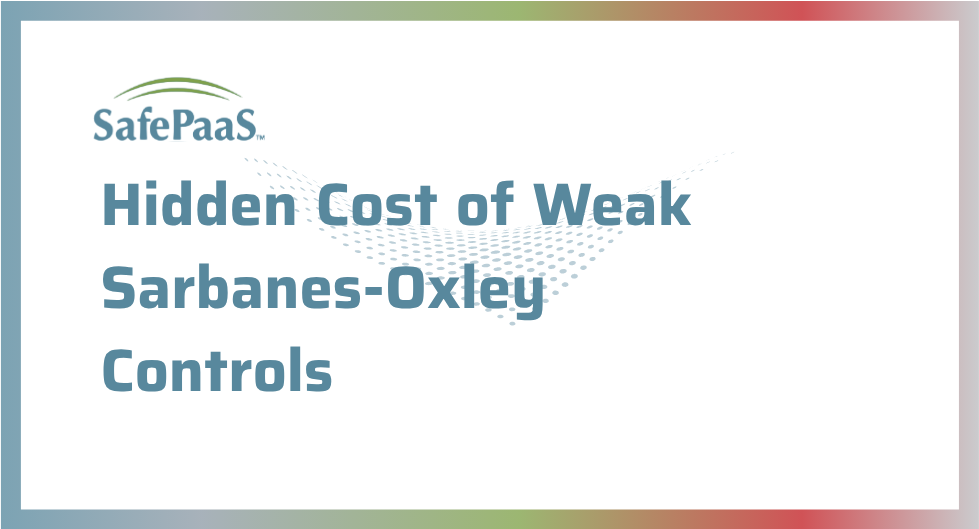Identities—not firewalls—now define the modern enterprise’s security boundary. Organizations of every size have watched traditional network perimeters dissolve as remote work, cloud-first strategies, and digital transformation initiatives accelerate. Today, user identities, devices, AI agents, and even machine credentials weave together a complex security fabric stretching across hundreds of cloud apps, business systems, and distributed workplaces. With over 74% of breaches connected to credential misuse or the human element, security and risk leaders are shifting their defenses towards identity-centric controls that verify every access attempt—not just at the door, but continuously across the lifecycle.
A resilient identity access management (IAM) strategy is no longer just a compliance checkbox—it’s the foundation for adaptive security, operational agility, and future-proof governance. The ability to centrally manage and authenticate digital identities enables consistent access policies, rapid response to emerging threats, and granular audit trails for every user and device, whether working onsite or halfway around the globe. Industry reports predict that by 2025, over 80% of enterprises will have adopted unified IAM platforms, reflecting identity’s rise as the control plane for security and business enablement.
Next-generation identity and access management platforms, built around fine-grained policy automation and zero trust principles, are changing how organizations approach risk management, security readiness, and business innovation. Technical architectures, lifecycle automation, and governance best practices are pushing modern identity management systems to set a new bar for proactive, intelligent, and seamless enterprise defense.
Identity Access Management Overview and Essential Components
At its heart, identity access management is the discipline and technology that confirms every user and identity is who they claim to be, and ensures they only access what they should, exactly when they should. The modern IAM model centralizes identity lifecycle administration, secures data, and integrates continual risk assessment throughout the identity lifecycle.
Core Components of Identity and Access Management
- Centralized Identity Directory: Acts as the single source of truth for managing user identities, credentials, and attributes across all environments. This unified directory aggregates identity data from cloud, on-premises, and third-party systems to enforce consistent access management and support real-time policy enforcement across the enterprise.
- Access Management Workflow: Orchestrates approval, provisioning, and certification steps using policy-driven controls (RBAC, PBAC, ABAC), streamlining secure access requests, multi-factor authentication, and session monitoring across hybrid and multi-cloud environments through automated processes.
- Database Layer Protection: Enforces granular access controls, auditing, and encryption at the database level to ensure only authorized users and applications can view or modify sensitive data. Mechanisms such as role-based and attribute-based access policies and continuous monitoring are applied to defend against unauthorized queries, privilege escalation, and data breaches.
- Audit Logging and Reporting: Continuously captures identity events, authentication attempts, and access requests for real-time monitoring and compliance demonstrability.
Modern identity access management systems don’t just consolidate these elements; they integrate privileged access management (PAM) and identity governance for holistic control.
Platform Innovations and Technical Trends
A wave of innovation is reshaping IAM architectures and practices, making platforms more effective and adaptable than ever before.
Notable IAM Advancements
- Identity Mining: Uses advanced analytics and machine learning to map user entitlements across applications, uncover hidden or excessive access, and recommend streamlined roles or permissions. This AI-driven process identifies anomalies, privilege creep, and unused accounts, enabling organizations to optimize access, minimize risk, and enforce least privilege with greater accuracy and automation.
- Zero Trust Implementation: IAM platforms no longer trust any user or device by default. Continuous verification, using risk scoring and policy checks, means access can be granted, stepped up, or denied transparently based on real-time risk, not static roles.
- Automated Lifecycle Management: Enterprise-grade platforms now employ real-time sync with business systems for joiner-mover-leaver workflows, supporting more granular entitlements and instant privilege revocation. Regular access certifications and Just-In-Time (JIT) privileges for both human and machine identities are now best practice.
- Microservices and API-First Architectures: Cloud-native scalability, elastic deployment, and seamless third-party integrations via REST APIs allow identity and access management platforms to flex with business needs, supporting DevOps, hybrid infrastructure, and rapid M&A activity.
Privileged Access Management and IGA
No identity strategy is complete without privileged access management (PAM). PAM secures critical admin, root, and cloud operator accounts by enforcing strong access controls, session monitoring, and time-based access restrictions, addressing attack vectors targeting “keys to the kingdom.” Automated credential rotation and behavioral analytics detect misuse at the privileged tier.
Effective IAM also integrates seamlessly with identity governance and administration software (IGA). This provides automated periodic access reviews, SoD controls, exception management, and role mining—closing control loops from entitlement requests to access removal.
Implementing Robust Identity Management Systems
Deploying a modern identity management system is both a technical and organizational journey. Success starts with a phased methodology:
- Assessment: Map all user types (workforce, partners, customers, AI agents), current entitlements, and risk exposure. Evaluate legacy IAM and its integration capabilities with modern tech stacks.
- Architecture Design: Adopt a modular, API-first identity and access management platform supporting cloud, on-prem, and hybrid paths. Plan for federated identity across ERP, PAM, and IGA, from the outset.
- Automated Provisioning: Integrate with HR, ERP, and collaboration tools to automate onboarding and offboarding, supporting real-time context for “joiner-mover-leaver” events.
- Policy-Driven Access: Define roles, policies, and entitlements centrally; enforce SoD, step-up access controls, and risk-adaptive controls using built-in policy engines.
- Monitoring & Remediation: Implement continuous monitoring with automated remediation for policy violations and risky access. Aggregate logs into a unified threat response and management system.
Cloud-native identity and access management platforms increasingly enable self-service for business users, APIs for developers, and “single pane of glass” control for administrators.
Identity Access Management for Audit & Regulatory Compliance
IAM’s real business impact comes into focus during audits. Regulations like GDPR, SOX, CCPA, and HIPAA demand not only access controls, but also immutable logs, evidence trails, and demonstrable enforcement of least privilege.
- Automated Evidence Reporting: Modern platforms generate on-demand access certification, policy compliance, and recertification reports.
- Immutable Event Logging: All access and identity operations are cryptographically signed and stored for audit readiness.
- SoD Enforcement: IAM and IGA systems flag and prevent conflicting access that could enable fraud or error—automatically remediating during reviews.
With these technical foundations, IAM shifts from a compliance cost center to an engine for operational assurance and customer trust.
Choosing the Right Identity and Access Management Platform
With a rapidly evolving threat landscape, choosing the optimal identity and access management platform is critical.
When comparing candidates, decision-makers should prioritize:
- Architectural flexibility: Does it support cloud, hybrid, and multi-cloud environments natively?
- Extensibility: Can it integrate via APIs, connectors, and federation standards with existing and future systems?
- Automation Depth: Does it orchestrate onboarding, policy changes, entitlements, and certifications with closed-loop workflows?
- Analytics: Are AI-powered risk scoring, anomaly detection, and continuous monitoring embedded?
- Interoperability: Does it unify with privileged access management and identity governance and administration software for enterprise-grade control?
- Usability: Are self-service portals, delegation, and admin interfaces intuitive, reducing friction for all stakeholders?
- Compliance as Outcome: Does it generate audit-ready data and demonstrable enforcement with every action?
The Future of Identity Access Management
IAM no longer simply mitigates risk; it accelerates organizational agility, powers Zero Trust, and builds a foundation for innovation. As AI, machine identities, and decentralized identity ecosystems take root, platforms must continuously adapt, blending context, automation, and intelligence.
A future-proof identity management system is modular, automated, and security-first—empowering organizations to enable growth confidently, fend off evolving threats, and prove compliance at a moment’s notice.
By implementing an integrated, security-driven identity and access management platform, success goes well beyond regulatory “box-ticking.” The result: fewer incidents, stronger trust, frictionless user experiences, and a resilient digital future for every enterprise.
Identity Access Management FAQ
What is identity access management (IAM), and why is it critical?
Identity access management is a framework of policies and technologies that ensures only authorized users can access critical systems, apps, and data. IAM verifies, authenticates, and continually manages user and device identities—driving both security and compliance in the modern enterprise.
How does an identity management system work?
An identity management system establishes digital identities for all users and manages their entitlements. It automates onboarding, role changes, and offboarding through lifecycle workflows, incorporates multi-factor authentication, and enforces policy-based or role-based access controls to ensure least-privilege access.
What features should I expect in an identity and access management platform?
Modern IAM platforms offer centralized directories, multi-factor and adaptive authentication, automated provisioning/deprovisioning, single sign-on (SSO), federation protocols, policy and attribute-based access controls, real-time audit logging, and integration with privileged access management and identity governance solutions.
How does IAM contribute to regulatory compliance and audit readiness?
IAM platforms automate access reviews, log every identity-related event, enforce segregation of duties, and generate real-time compliance reports for frameworks like SOX, GDPR, and HIPAA. They enable organizations to systematically prove that only the right people have the right access.
How do identity and access management systems support zero trust?
IAM enforces the “never trust, always verify” principle—requiring continuous identity validation, contextual risk assessments, and enforcing least-privileged access. By integrating with adaptive policy engines, IAM solutions dynamically adjust access based on real-time behavior and device signals.
Is it necessary to combine IAM with privileged access management (PAM)?
Absolutely. Integrating IAM with privileged access management ensures that powerful admin and superuser accounts have strict, time-limited, and monitored access. This closes a critical gap in protecting sensitive infrastructure and meeting advanced compliance mandates.
Can identity access management be automated for cloud and hybrid environments?
Yes. Leading IAM platforms employ API-driven automation, support microservices architectures, and seamlessly manage user identities and access rights across on-premises, cloud, and multi-cloud ecosystems, offering the scalability and flexibility required by modern organizations.
What is the difference between identity governance and administration (IGA) and basic IAM?
IGA builds on IAM by adding deeper policy automation, automated access certifications, segregation-of-duties enforcement, and advanced analytics to ensure ongoing compliance and minimize risk from excessive or inappropriate access.
How does an identity access management platform protect against data breaches?
IAM platforms reduce the attack surface by limiting access to specific resources, enforcing strong identity security, and enabling rapid response when incidents are detected. Automated deprovisioning prevents orphaned accounts, and adaptive access controls thwart credential theft attacks.
